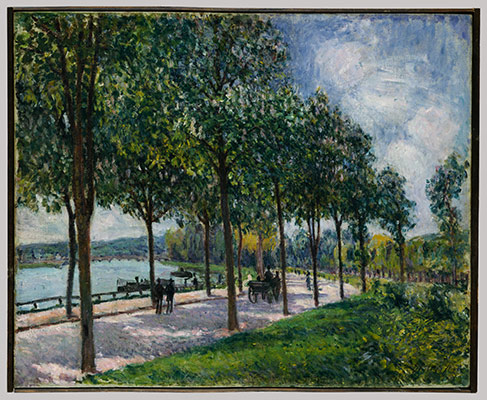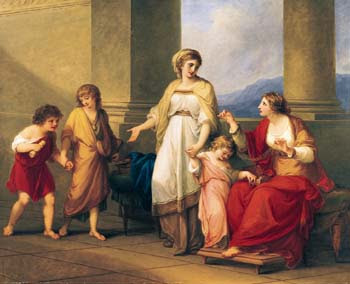Impressionism
Impressionism is a style of art that expresses the painting through the use of noticeable brush strokes, giving off a sketch-like appearance. At the time, some critics felt the paintings had a “lack of finish”.
I personally feel this style of painting is appealing for a few different reasons. The first reason I find this style appealing is how it in some ways reminds me of abstract paintings, which I have always found aesthetically appealing. Another reason I like this style of painting is because I feel that the harsh differences in color seen in each stroke shows exactly what the artist is thinking when creating each shape.

Claude Monet – Impression Sunrise, 1872
The painting above was an impressionism painting that was exhibited at the first Impressionist exhibition in 1874. Although this painting may not display an incredibly detailed depiction of what may be going on, I believe it appears abstract enough that it is still pleasing to look at.

Claude Monet – Garden at Sainte-Adresse
I chose another painting by Monet because I love the versatility she displays between these two works. The first appears very abstract while the second is incredibly detailed while still having a hint of abstract feel. In many of her paintings, I couldn’t help but love the way she portrayed the water and the way it moves. I also love the way she allows the harsh colors to pop in the flowers. She also entails great detail in the ships in the background while still following the guidelines of the impressionistic style.

Alfred Sisley – Allee of Chestnut Trees
The piece above is a great representation of a middle ground between the first two paintings. Sisley does a great job of painting a fairly clear image with the “sketch-like” elements of impressionism. The not so detailed clouds behind the fairly detailed trees shows great contrast. I can’t help but love the beauty of the leaves in the trees.
Neoclassical versus Impressionism
At the time, it was very hard for critics to adjust to the style of impressionism simply because neoclassical was so different. The purpose of neoclassical was to appear smooth and leave no signs of brush strokes. This is clearly very different from impressionism, which is intended to show the brush strokes and not appear smooth. Neoclassical focused on realistic depictions while impressionism focused on the effects of light.
Neoclassical had more rules and guidelines. Impressionism was created by a group that when told their style was unacceptable continued to fund their own exhibitions anyways.
Works Cited
“A Beginner’s Guide to Impressionism.” Khan Academy. N.p., n.d. Web. 19 Oct. 2016.
“Impressionism VS. Neoclassicism.” Kologban. N.p., 2013. Web. 19 Oct. 2016.


